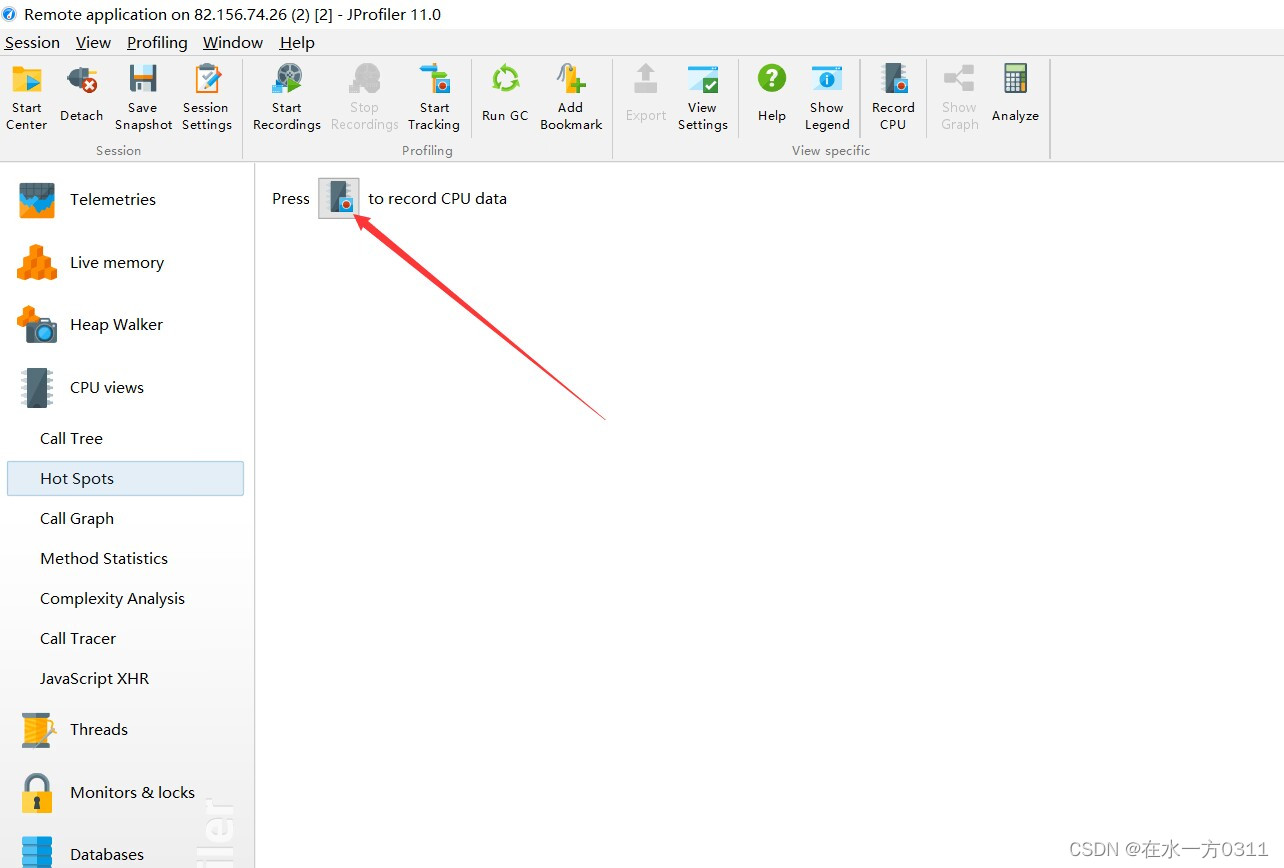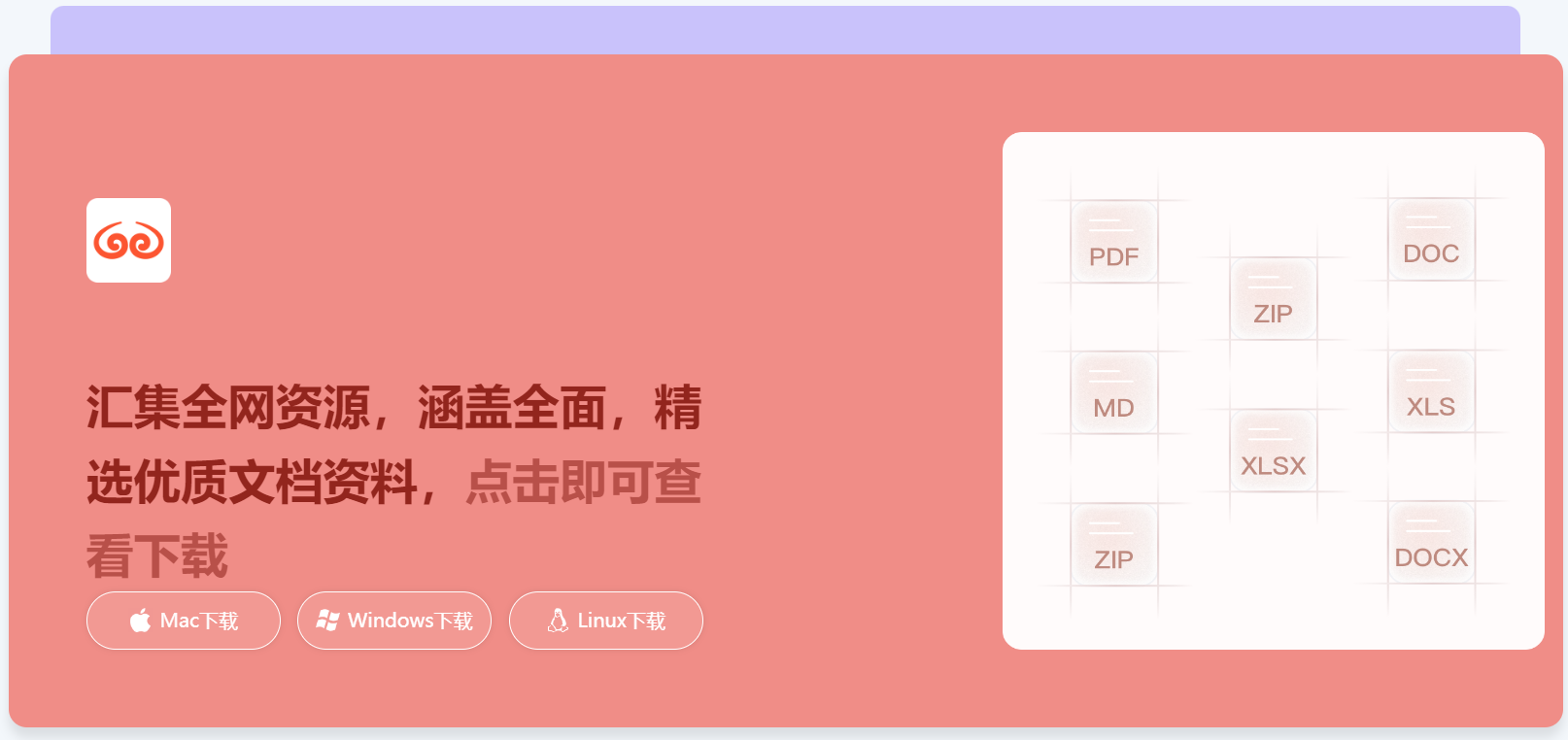File
File类

File类 : 表示计算机中所有的文件和文件夹; [计算机硬盘上除了文件就是文件夹]
如何创建File对象 :
File(String pathname) : 传入文件路径[String],创建File对象并指向这个路径的文件/文件夹
File(String parent, String child) :传入文件路径[String],创建File对象并指向这个路径的文件/文件夹 [文件路径拆分成了父路径和子路径]
File(File parent, String child) : 以子父路径的形式创建一个File对象但是File对象的父路径是File类型
创建File对象做了哪些事情 :
1. 创建File对象
2. 在堆内存中开辟了内存空间
3. 文件不存在 : 不会创建文件
4. 文件存在 : 不会覆盖源文件
5. 创建File对象只会让一个File类型的对象指向路径结尾的文件/文件夹 [其他的事情什么都没有发生]

File类的静态常量
static String pathSeparator -> ;
与系统有关的路径分隔符,为了方便,它被表示为一个字符串。
static char pathSeparatorChar -> ;
与系统有关的路径分隔符。
static String separator -> \
与系统有关的默认名称分隔符,为了方便,它被表示为一个字符串。
static char separatorChar -> \
与系统有关的默认名称分隔符。
File类的创建功能
//创建文件
* boolean createNewFile() : 创建File对象指向的文件 //只会创建文件
文件存在,会创建失败;[不会覆盖源文件]
//创建文件夹
boolean mkdir() : 创建File对象指向的单级文件夹 //只会创建文件夹
* boolean mkdirs() : 创建File对象指向的单级文件夹或者多级文件夹 //只会创建文件夹
//返回值 : 是否创建成功
相对路径和绝对路径[重点]
相对路径和绝对路径 : 对文件/文件夹的路径的一种表达形式!
绝对路径 : 文件/文件夹的完整路径 [1. 绝对能找到文件所在的位置 2. 以盘符开头]
相对路径 : 相对于参照物的路径 [1. 比绝对路径表达要简单 2. 不以盘符开头 3. 不能表示计算机中所有的文件/文件夹]
参照物 : 当前项目的根目录[IO体系]
寄快递 :
绝对路径 -> 地球:亚洲\\中国\\湖北\\武汉\\江夏区\\茅店山中路\\东湖网谷\\6栋\\4楼\\尚硅谷\\403\\谈斌
相对路径 //参照物 : 你已经在东湖网谷了[举例]
-> 6栋\\4楼\\尚硅谷\\403\\谈斌
注意 : 如果你的模块结构比较混乱,那么也有可能用不了相对路径!
File类的删除功能[了解]
boolean delete() : 删除File对象指向的文件/空文件夹 [不走回收站]
File类的判断功能
//重要的
boolean exists() : 判断文件是否存在
boolean isDirectory() : 判断file对象指向的是否是一个文件夹[是文件夹就返回true]
boolean isFile() : 判断file对象指向的是否是一个文件[是文件就返回true]
//理解
boolean isAbsolute() : 判断创建File对象时是否用的是绝对路径
boolean isHidden() : 判断创建File对象指向的文件/文件夹是否是隐藏文件/文件夹
File类的获取功能
//重要
String getName() : 获取File对象指向的文件/文件夹的名称 [文件的名称 : 文件名.后缀名]
//理解
//获取File对象指向的文件/文件夹的绝对路径
File getAbsoluteFile() -> 返回的是 File对象
String getAbsolutePath() -> 返回的是 String对象
//获取File对象指向的文件/文件夹的父路径 [不管你如何分隔子父路径,这里的父路径都是路径结尾的文件/文件夹的前置所有路径]
String getParent() -> 返回的是 String对象
File getParentFile() -> 返回的是 File对象
String getPath() : 获取创建File对象时传入的路径
long length() : 获取File对象指向的文件的大小 [大小 : 所占用的字节数]
//获取不了文件夹的大小 [文件夹无大小]
//示例1
public static void main(String[] args) throws IOException {
//绝对路径
File file1 = new File("E:\\img\\av\\fdse456ygfr.6a7kw12qdww0.jpg");
//判断是目录还是文件
boolean isdirectory = file1.isDirectory();
boolean isfile = file1.isFile();
System.out.println("directory = " + isdirectory);
System.out.println("isfile = " + isfile);
//文件字节大小
long fileSize = file1.length();
System.out.println("fileSize = " + fileSize);
//获取文件父级目录aA
String file1Parent = file1.getParent();
File parentFile1 = file1.getParentFile();
System.out.println("file1Parent = " + file1Parent);
System.out.println("parentFile1 = " + parentFile1);
//判断路径是否存在
File file2 = new File("E:\\imgs\\1.png");
System.out.println("file2.exists() = " + file2.exists());
//相对路径
File file3 = new File("data.txt");
System.out.println("file3.length() = " + file3.length());
//获取文件定义时使用的路径
System.out.println("file3.getPath() = " + file3.getPath());
//获取文件的绝对路径
System.out.println("file3.getAbsoluteFile() = " + file3.getAbsoluteFile());
//获取文件名称(带后缀)
System.out.println("file1.getName() = " + file1.getName());
//获取文件最后修改的时间
System.out.println("file1.lastModified() = " + new SimpleDateFormat("yyyy/MM/dd HH:mm:ss").format(file1.lastModified()));
}
//示例2
public static void main(String[] args) throws IOException {
//创建文件
File f1 = new File("data1.txt");
boolean exists1=f1.exists();
System.out.println("f1.exists() = " + exists1);
boolean newFile1=f1.createNewFile();
System.out.println("f1.createNewFile() = " + newFile1);
//创建一级文件夹
File f2 = new File("E:\\aaa");
System.out.println("f2.exists() = " + f2.exists());
boolean mkdir1=f2.mkdir();
System.out.println("mkdir1 = " + mkdir1);
//创建多级文件夹
File f3 = new File("E:\\bbb\\ccc");
boolean mkdir2=f3.mkdirs();
System.out.println("mkdir2 = " + mkdir2);
//删除文件夹
boolean d1 = f2.delete();
boolean d2 = f3.delete();
System.out.println("d1 = " + d1);
System.out.println("d2 = " + d2);
//多级文件夹下的文件创建
File f4 = new File("E:\\ddd\\eee");
File f5 = new File(f4, "bbb.txt");
f4.mkdirs();
f5.createNewFile();
File f6 = new File("test");
File f7 = new File(f6,"test.txt");
f6.mkdirs();
f7.createNewFile();
File f8 = new File("day_17\\test");
File f9 = new File(f8,"test.txt");
f8.mkdirs();
f9.createNewFile();
}
File类的遍历功能
File类的遍历功能 :
File[] listFiles() : 获取File对象指向的文件夹下的文件/文件夹
注意 :
1. 只能获取当根目录下的文件和文件夹 [子文件夹中的文件和文件夹获取不到的]
2. 如果File对象指向的是一个文件,返回 null [会出现空指针异常]
3. 如果File对象指向的是一个空文件夹,返回一个长度为0的File数组
File类的带过滤条件的遍历功能 :
File[] listFiles(FileFilter filter)
FileFilter : 文件过滤器接口
抽象方法 : boolean accept(File file)
//重写accept方法就是在编写文件过滤的条件[为true就通过,为false就不通过]
//示例1
public static void main(String[] args) {
String path="E:\\img";
File file = new File(path);
getFileList(file);
}
public static void getFileList(File root){
if(root.isFile()){
System.out.println(" 文件有:"+root.getName());
return;
}
System.out.println("文件夹有:"+root.getName());
File[] files = root.listFiles();
for (File file : files) {
getFileList(file);
}
}
//示例2
public static void main(String[] args) {
String path="E:\\aaa";
File file = new File(path);
File[] files = file.listFiles(new FileFilter() {
@Override
public boolean accept(File pathname) {
return pathname.getName().endsWith(".txt")|| pathname.isDirectory();
}
});
for (File file1 : files) {
System.out.println("file1 = " + file1);
}
}
IO流的概述[重点]


IO流 : IO流是操作计算机硬盘上文件内容的技术手段 [实现了硬盘数据和内存[代码]数据进行交互的技术手段]
//集合 : 临时存储的容器
I : input -> 输入 [读]
O : output -> 输出 [xi]
流 : 水流 [IO流技术让代码和硬盘中的文件建立连接(管道),数据以字节/字符的形式在管道内传输]
何时使用输入流,何时使用输出流 : [参照物 : 当前Java代码]
读取硬盘文件内的数据 : 输入流
往硬盘文件中写数据 : 输出流
IO流的分类 :
1. 按照流向来分 :
输入流 -> Input / Read
输出流 -> Output / Write
2. 按照操作的文件类型分 :
/*
硬盘中文件类型分为两大类 :
字节文件 -> 计算机硬盘里所有的文件都是字节文件 [计算机中一切皆字节]
字符文件 -> 文件内全是字符的文件是字符文件 [.txt,.java,.html,.js...]
//office全家桶 : 都不是字符文件而是字节文件! [.word,.ppt...]
//鉴别字符文件的办法 : 使用windows自带的记事本工具能打开并阅读的文件是字符文件
*/
字节流 -> 可以操作所有文件的流 [操作字符文件不方便] -> 流的名称以Stream结尾
字符流 -> 只能操作计算机中字符文件[不可以操作其他的字节文件] -> 流的名称以Reader/Writer结尾
认识流 :
OutputStream : 字节输出流
FileReader : 字符输入流
InputStreamReader : 字符输入流 [转换流: 可以把字节输入流转换成字符输入流]
PrintStream : 字节输出流 [Print : 打印(输出)]
字节流
OutputStream / InputStream -> 根节点
*FileOutputStream / FileInputStream -> 常用的字节流 [文件字节流]
BufferedOutputStream / BufferedInputStream -> 高效字节流 [缓冲字节流]
OutputStream / InputStream
OutputStream / InputStream : 字节输出流 / 字节输入流 --> 字节流的根节点 [抽象类]
FileOutputStream / FileInputStream
FileOutputStream / FileInputStream : 文件字节输出流 / 文件字节输入流
FileOutputStream 文件字节输出流
FileOutputStream 文件字节输出流
构造方法 :
//形参的含义 : 传入目标文件的路径 [目标文件 : 要写入数据的文件]
* FileOutputStream(String name)
FileOutputStream(File file)
创建FileOutputStream对象做了哪些事情 :
1. 创建了FileOutputStream对象
2. 在堆内存中开辟了内存空间
3. 创建流对象并指向路径结尾的文件 [不能指向一个文件夹]
4. 如果文件不存在 : 会帮忙创建新文件 [文件的前置路径要正确]
5. 如果文件存在 : 会帮忙创建新文件去覆盖老文件 [文件的前置路径要正确]
写数据的功能 : write
* void write(int b) : 写单个字节
void write(byte[] b) : 写多个字节 [写整个字节数组]
** void write(byte[] b, int off, int len) : 写多个字节 [写字节数组的一部分]
int off : 其实索引 [从哪个索引开始写]
int len : 写几个字节
注意事项 :
1. 如何换行 ["\r\n"换行符]
2. 如何写字符串 [String -> byte : byte[] getBytes() ]
3. 写汉字字符串的一部分要注意一个汉字占用几个字节[查看平台的编码格式] :
GBK : 一个汉字占用2个字节
UTF-8 : 一个汉字占用3个字节
4. 如何实现追加写的功能
//第一个参数 : 目标文件的地址
//第二个参数 : 追加写开关 [默认是关闭的]
FileOutputStream(String name, boolean append)
FileOutputStream(File file, boolean append)
FileInputStream 文件字节输入流
FileInputStream 文件字节输入流 [没有追加读]
构造方法 :
//形参的含义 : 传入源文件的路径 [源文件 : 需要读数据的文件]
* FileInputStream(String name)
FileInputStream(File file)
FileInputStream创建对象做了哪些事情 :
1. 创建了FileInputStream对象
2. 在堆内存中开辟了内存空间
3. 创建流对象并指向路径结尾的文件 [不能指向一个文件夹]
4. 源文件不存在 : 报错 [源文件必须存在]
读数据的功能 : read
*int read() : 一次读一个字节 [把读到的字节返回给调用者]
//byte[] b : 读数据的容器
**int read(byte[] b) : 一次读一个字节数组 [批量读] -> 把读到的字节个数返回给调用者,读到的字节数据存到字节数组中
int read(byte[] b, int off, int len) : 一次读一个字节数组的一部分
int off : 其实索引 [从哪个索引开始读]
int len : 读几个
注意事项 :
1. ASCII码表中的字符都是占用1个字节数
2. 输出时不要加换行,因为字节输入流可以读到文件中的换行符
3. 字节输入流一次读一个字节读文件,读到文件末尾返回 -1
4. 字节流操作字符文件不方便,会出现乱码问题
[外链图片转存失败,源站可能有防盗链机制,建议将图片保存下来直接上传(img-LlX08HsT-1671370759363)(null)]
BufferedOutputStream / BufferedInputStream
BufferedOutputStream / BufferedInputStream : 高效字节输出流 / 高效字节输入流
带Buffered的流都是高效的流,带有自动刷新缓冲区[小推车]功能的流 ;
创建流对象的方法 : //包装流 : 流本身不具备读写能力,真正读写的流对象还是基本流
BufferedOutputStream(OutputStream out)
BufferedInputStream(InputStream in)
读写方法 : //相较于基本流没有新增新的读写功能
写的方法 : write -> BufferedOutputStream
* void write(int b) : 写单个字节
void write(byte[] b) : 写多个字节 [写整个字节数组]
** void write(byte[] b, int off, int len) : 写多个字节 [写字节数组的一部分]
读的方法 : read -> BufferedInputStream
*int read() : 一次读一个字节 [把读到的字节返回给调用者]
//byte[] b : 读数据的容器
**int read(byte[] b) : 一次读一个字节数组 [批量读] -> 把读到的字节个数返回给调用者,读到的字节数据存到字节数组中
int read(byte[] b, int off, int len) : 一次读一个字节数组的一部分
高效流什么时候使用 : 当源文件足够大的时候使用高效流的效率更高;
高效字节输出流的追加写功能如何实现 :
BufferedOutputStream bos = new BufferedOutputStream(
new FileOutputStream("目标文件地址",true));
字符流
Writer / Reader -> 根节点
FileWriter / FileReader -> 文件字符流
*BufferedWriter / BufferedReader -> 最常用的字符流 [高效字符流/字符缓冲流]
Writer / Reader
Writer / Reader : 字符流的根节点 [抽象类]
1. 字符流只能操作字符文件
2. 字符流的本质其实也是字节流 [只是对字节流进行高度封装] -> 字符流 = 字节流 + 编码格式;
3. 字符流都是缓冲流[带缓冲区的流,但是不带Buffered就不带自动刷新的功能,所以不算高效流]
FileWriter / FileReader
FileWriter / FileReader : 文件字符输出流 / 文件字符输入流 [普通字符流]
FileWriter 文件字符输出流
FileWriter 文件字符输出流的构造方法 :
//直接传入目标文件的地址
* FileWriter(String fileName)
FileWriter(File file)
//带有追加写功能的字符输出流对象
//[追加写功能 : FileOutputStream(文件字节输出流) / FileWriter(文件字符输出流)]
FileWriter(String fileName, boolean append)
FileWriter(File file, boolean append)
FileWriter 文件字符输出流写数据的方法 : write
* 1. 一次写一个字符 -> void write(int c)
2. 一次写一个字符数组 -> void write(char[] cbuf)
**3. 一次写一个字符数组的一部分 -> void write(char[] cbuf, int off, int len)
4. 一次写一个字符串 -> void write(String str)
5. 一次写一个字符串的一部分 -> void write(String str, int off, int len)
FileReader 文件字符输入流
FileReader 文件字符输入流的构造方法 :
//直接传入源文件的地址
* FileReader(String fileName)
FileReader(File file)
FileReader 文件字符输入流读数据的方法 : read
* 1. 一次读一个字符 -> int read()
** 2. 一次读一个字符数组 -> int read(char[] cbuf)
3. 一次读一个字符数组的一部分 -> int read(char[] cbuf, int off, int len)
//文件字符输入流没有读字符串的功能!![读字符串功能的类 : BufferedReader]
//4. 一次读一个字符串
//5. 一次读一个字符串的一部分
BufferedWriter / BufferedReader
BufferedWriter / BufferedReader : 高效字符输出/输入流
1. Buffered : 高效 -> 带自动刷新的缓冲区
2. 回忆BufferedOutputStream / BufferedInputStream的使用技巧[创建对象上]
//高效流本身不具备读写能力,需要在创建高效流对象时,传入基本流对象
BufferedWriter / BufferedReader 的构造方法 :
BufferedWriter(Writer out)
BufferedReader(Reader in)
BufferedWriter / BufferedReader 的常规读写方法 :
BufferedWriter的写数据方法 :
* 1. 一次写一个字符 -> void write(int c)
2. 一次写一个字符数组 -> void write(char[] cbuf)
**3. 一次写一个字符数组的一部分 -> void write(char[] cbuf, int off, int len)
***4. 一次写一个字符串 -> void write(String str)
5. 一次写一个字符串的一部分 -> void write(String str, int off, int len)
BufferedReader的读数据方法 :
* 1. 一次读一个字符 -> int read()
** 2. 一次读一个字符数组 -> int read(char[] cbuf)
3. 一次读一个字符数组的一部分 -> int read(char[] cbuf, int off, int len)
BufferedWriter / BufferedReader 的特殊功能[重点]
BufferedReader 有特殊的读数据的方法 :
String readLine() : 读一行数据 [读字符串] //弊端 : 不读每行结尾的换行符
BufferedWriter 有特殊写换行符的方法 :
void newLine() : 根据不同系统写换行符
//示例
public static void main(String[] args) throws IOException {
copyStreamCh("E:\\io\\test.txt", "E:\\io\\testcopy.txt");
copyStreamByteArray("E:\\io\\test\\1.webp", "E:\\io\\test\\1copy.webp");
copyBufferedCh("E:\\io\\test.txt", "E:\\io\\testcopy.txt");
copyBufferedByteArray("E:\\io\\test\\1.webp", "E:\\io\\test\\1copy.webp");
copyString("E:\\io\\test.txt", "E:\\io\\testcopy.txt");
copyStringArray("E:\\io\\test.txt", "E:\\io\\testcopy.txt");
copyBufferedString("E:\\io\\test.txt", "E:\\io\\testcopy.txt");
copyBufferedStringArray("E:\\io\\test.txt", "E:\\io\\testcopy.txt");
copyBufferedStringLine("E:\\io\\test.txt", "E:\\io\\testcopy.txt");
}
//文件字节流一次一个字节复制文件
public static void copyStreamCh(String oldFile, String newFile) throws IOException {
FileInputStream fis = new FileInputStream(oldFile);
FileOutputStream fos = new FileOutputStream(newFile);
int readData;
while ((readData = fis.read()) != -1) {
fos.write(readData);
}
fis.close();
fos.close();
}
//文件字节流一次一个字节数组复制文件
public static void copyStreamByteArray(String oldFile, String newFile) throws IOException {
FileInputStream fis = new FileInputStream(oldFile);
FileOutputStream fos = new FileOutputStream(newFile);
byte[] bytes = new byte[1024];
int len;
while ((len = fis.read(bytes)) != -1) {
fos.write(bytes, 0, len);
}
fis.close();
fos.close();
}
//高效文件字节流一次一个字节复制文件
public static void copyBufferedCh(String oldFile, String newFile) throws IOException {
BufferedInputStream bis = new BufferedInputStream(new FileInputStream(oldFile));
BufferedOutputStream bos = new BufferedOutputStream(new FileOutputStream(newFile));
int readData;
while ((readData = bis.read()) != -1) {
bos.write(readData);
}
bis.close();
bos.close();
}
//高效文件字节流一次一个字节数组复制文件
public static void copyBufferedByteArray(String oldFile, String newFile) throws IOException {
BufferedInputStream bis = new BufferedInputStream(new FileInputStream(oldFile));
BufferedOutputStream bos = new BufferedOutputStream(new FileOutputStream(newFile));
byte[] bytes = new byte[1024];
int len;
while ((len = bis.read(bytes)) != -1) {
bos.write(bytes, 0, len);
}
bis.close();
bos.close();
}
//文件字符流一次一个字符复制文件
public static void copyString(String oldFile, String newFile) throws IOException {
FileReader fr = new FileReader(oldFile);
FileWriter fw = new FileWriter(newFile);
int readData;
while ((readData = fr.read()) != -1) {
fw.write(readData);
fw.flush();
}
fr.close();
fw.close();
}
//文件字符流一次一个字符数组复制文件
public static void copyStringArray(String oldFile, String newFile) throws IOException {
FileReader fr = new FileReader(oldFile);
FileWriter fw = new FileWriter(newFile);
char[] chars = new char[1024];
int len;
while ((len = fr.read(chars)) != -1) {
fw.write(chars, 0, len);
fw.flush();
}
fr.close();
fw.close();
}
//高效文件字符流一次一个字符复制文件
public static void copyBufferedString(String oldFile, String newFile) throws IOException {
BufferedReader br = new BufferedReader(new FileReader(oldFile));
BufferedWriter bw = new BufferedWriter(new FileWriter(newFile));
int readData;
while ((readData = br.read()) != -1) {
bw.write(readData);
}
br.close();
bw.close();
}
//高效文件字符流一次一个字符数组复制文件
public static void copyBufferedStringArray(String oldFile, String newFile) throws IOException {
BufferedReader br = new BufferedReader(new FileReader(oldFile));
BufferedWriter bw = new BufferedWriter(new FileWriter(newFile));
char[] chars = new char[1024];
int len;
while ((len = br.read(chars)) != -1) {
bw.write(chars, 0, len);
}
br.close();
bw.close();
}
//高效文件字符流一次一行复制字符文件
public static void copyBufferedStringLine(String oldFile, String newFile) throws IOException {
BufferedReader br = new BufferedReader(new FileReader(oldFile));
BufferedWriter bw = new BufferedWriter(new FileWriter(newFile));
String line;
while ((line = br.readLine()) != null) {
bw.write(line);
bw.newLine();
}
br.close();
bw.close();
}
"杂"流 [掌握]
InputStreamReader / OutputStreamWriter -> 转换流
System.in / System.out -> 系统标准输入/输出流
ObjectInputStream / ObjectOutputStream -> 反序列化流/序列化流 [对象操作流]
PrintStream / PrintWriter -> 打印字节流 / 打印字符流 [都是输出流! 打印流只有输出没有输入]

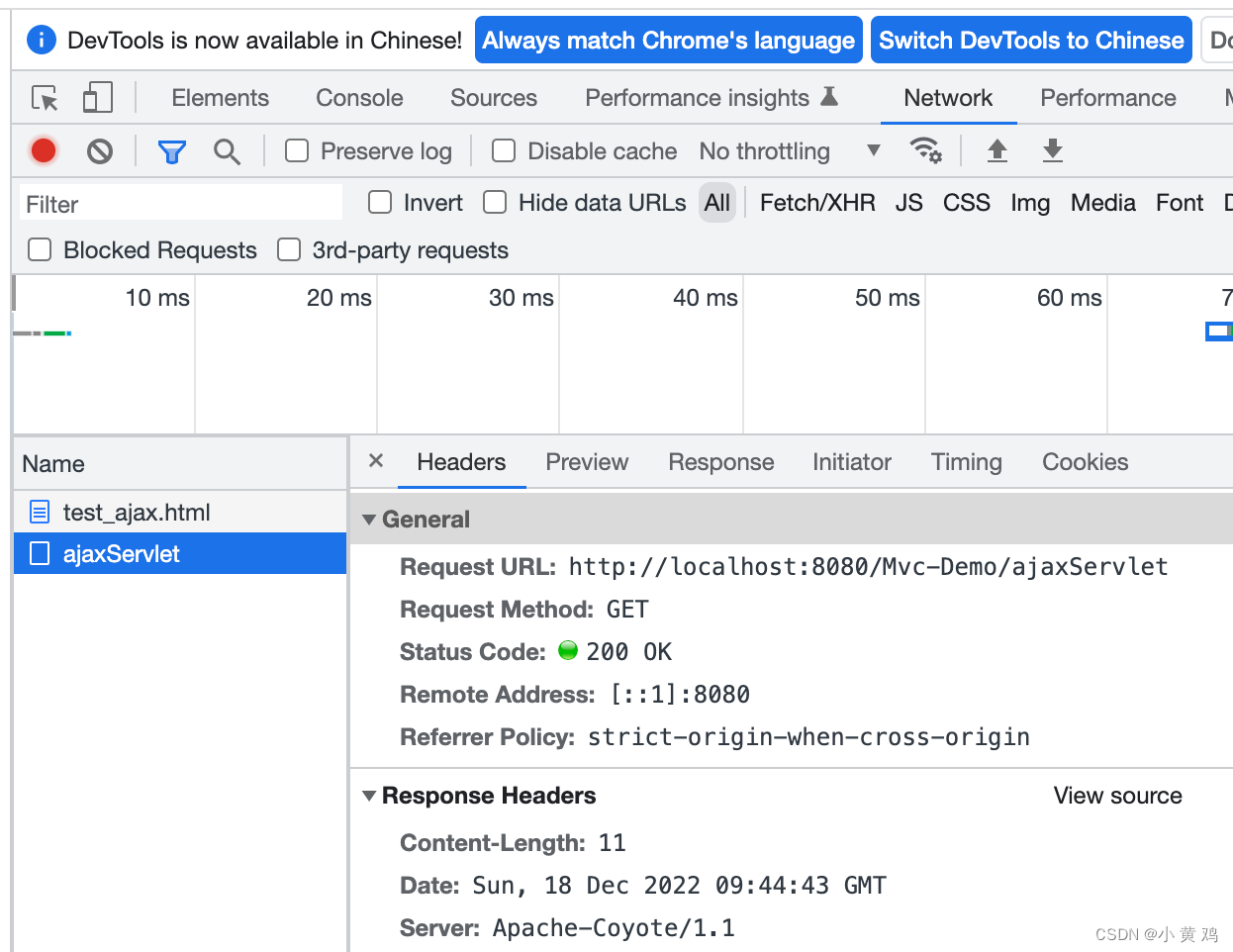


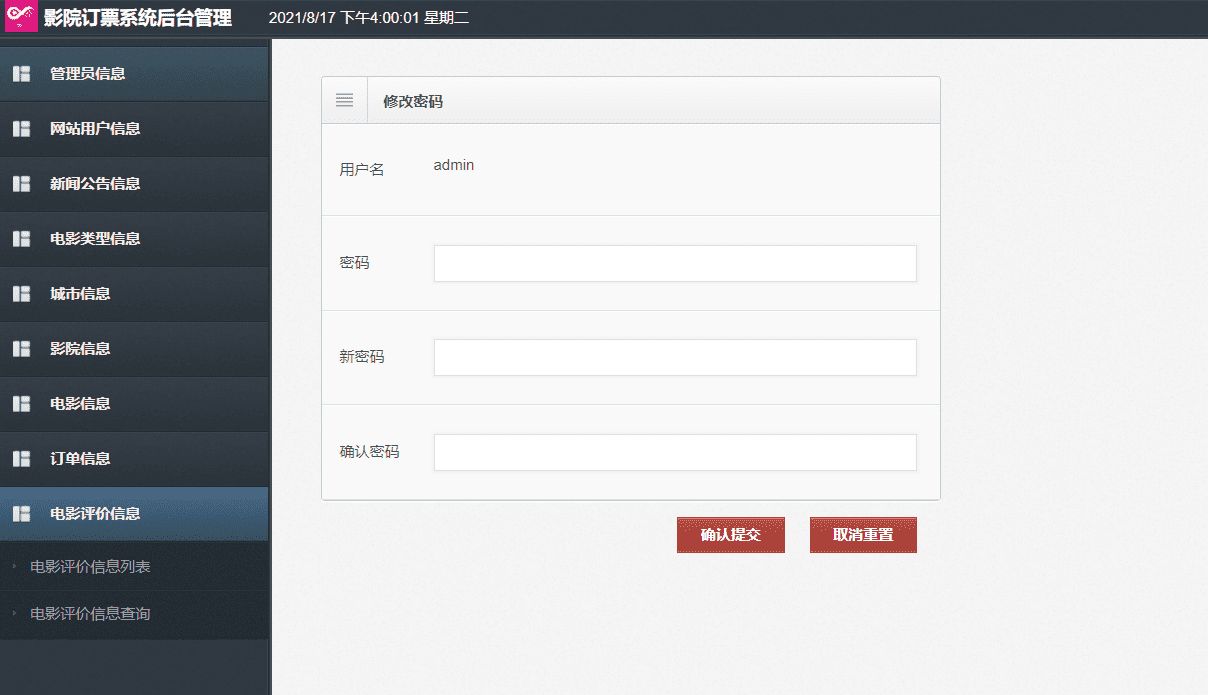
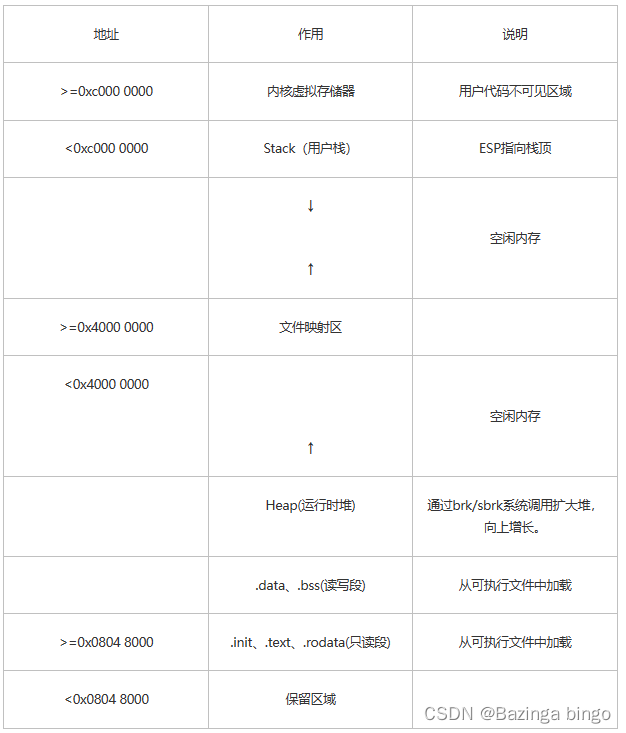
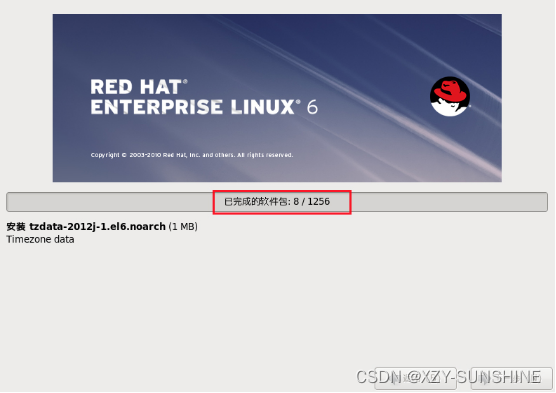





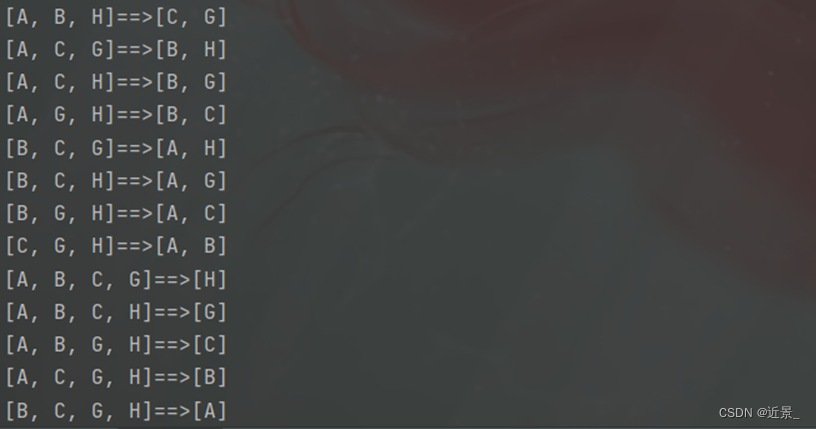
![[附源码]Node.js计算机毕业设计工会会员管理系统Express](https://img-blog.csdnimg.cn/ff8f6a2bc9d44ccabecadeeed1787a8b.png)



